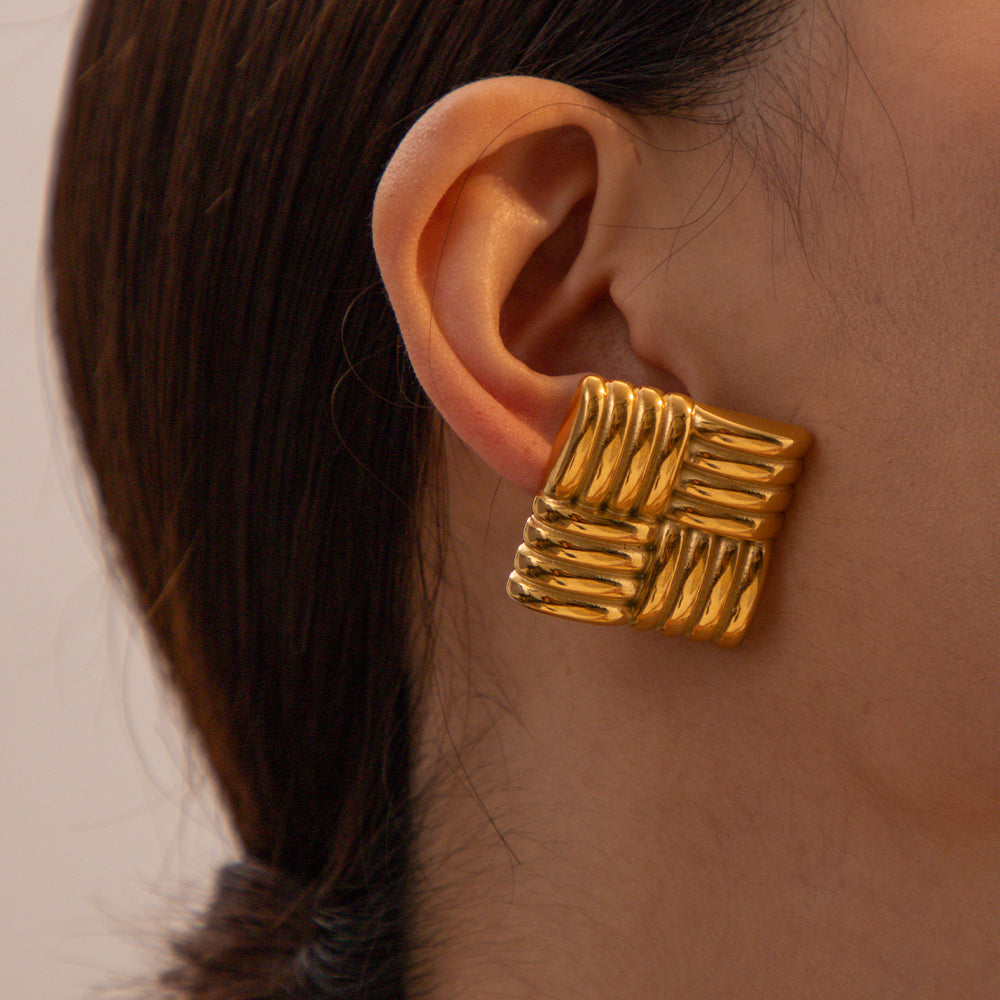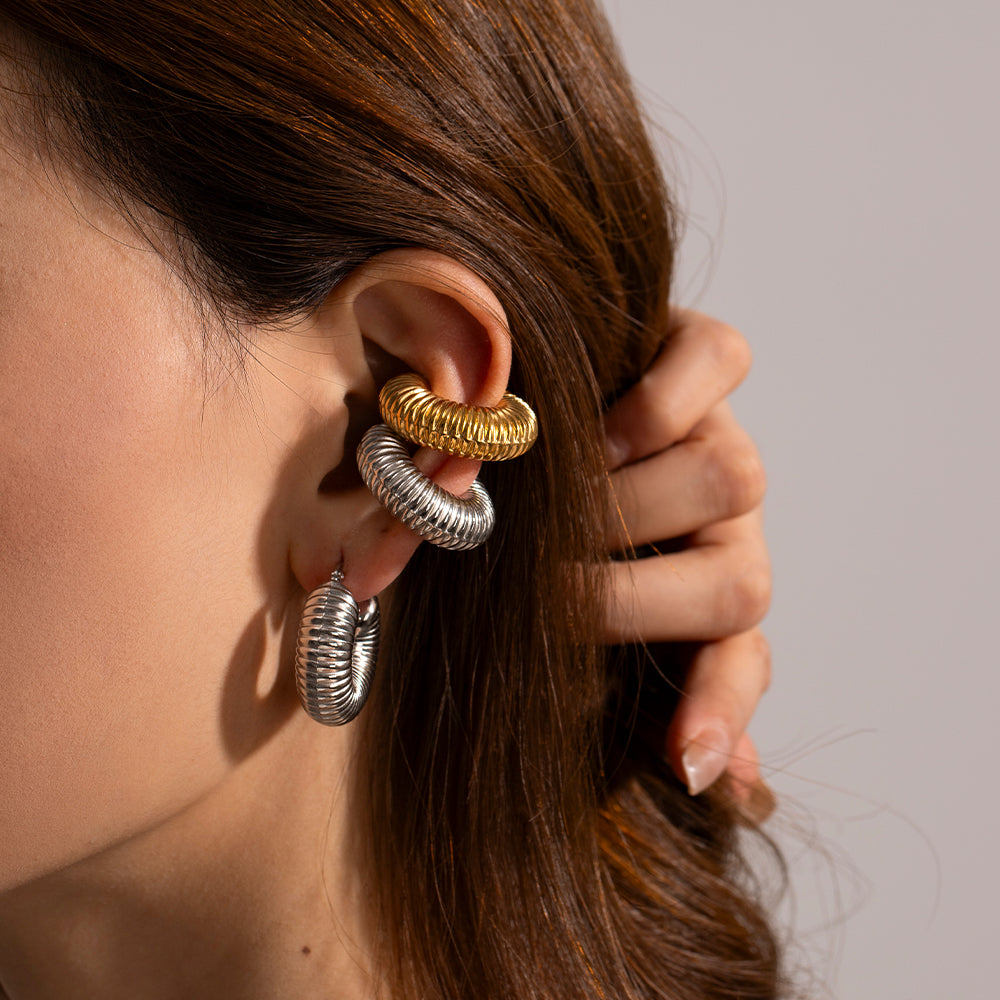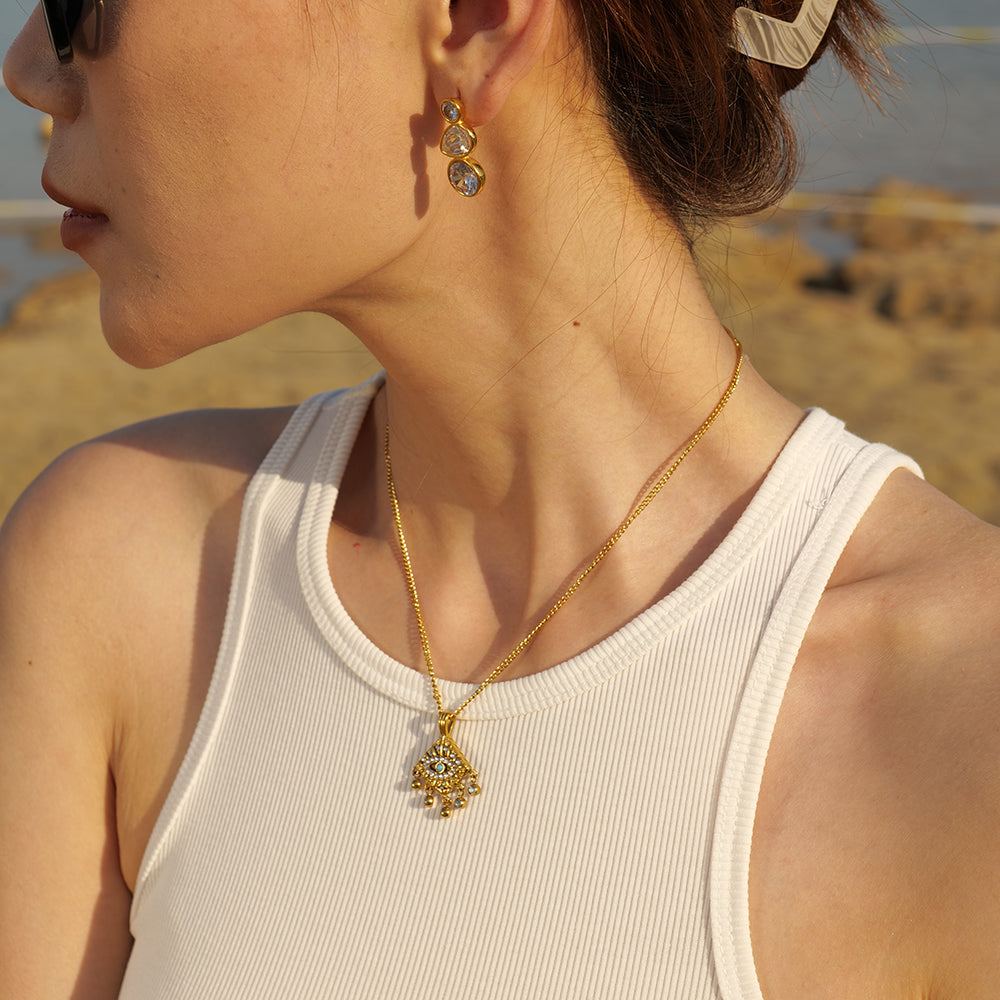









Jewelry Traditions in Different Cultures
Jewelry is a work of art used by human beings to beautify their lives and decorate themselves. With the decoration and foil of jewelry, people's lives become more colorful. Explore unique and rich jewelry traditions around the world, each culture has its own unique jewelry art and symbolism. Through this blog, we will take you on a journey through different countries and regions to appreciate the beauty of their jewelry traditions that have been passed down from generation to generation.
1. The rainbow light of India
Indian women's jewelry is diverse and can be roughly divided into earrings, necklaces, rings, bracelets, bangles, hair accessories, forehead jewelry, chest jewelry, and anklets... This ancient country is very particular about jewelry. They believe that "jewelry is half of women's life" , women should make full use of jewelry to dress themselves up. Even women from poor families have to spend all their money on wearing some cheap metal or plastic jewelry. Wedding celebrations are the best time for women to display their jewelry. The amount of jewelry worn is an important criterion for the husband's family to measure whether the bride's dowry is generous.
At the same time, India is the world's largest exporter of jewelry. Local jewelry is mostly made of 24K gold, with extremely ethnic shapes and exquisite workmanship. It is world-famous for being classical, gorgeous, complex and exaggerated. In the eyes of Indians, gold is the most brilliant color, and it is also the noble color with the most energy and texture.
2. Treasures of China
Traditional Chinese jewelry is mostly made of gold and jade. In addition to the value of the material itself, it is more due to people's understanding of the cultural connotation of metallography and jade. Moreover, China has a history of 5,000 years, and the cultural integration of multiple ethnic groups has made traditional jewelry rich in themes. Different regions and different ethnic groups have different totems and patterns. Behind each piece of jewelry, there is people's love for nature. It expresses good wishes and prayers for life.
Gold is the first of the precious metals, has good value preservation properties, and is a symbol of wealth and status. Its surface has a yellow metallic luster, has good toughness and ductility, and can meet different process needs. Traditional Chinese gold jewelry is vivid in shape, carved with dragons and phoenixes, meticulously crafted, and intricately detailed. It is not so much jewelry as it is a beautifully crafted handicraft that cannot be copied. It is often paired with luxurious palace costumes to highlight the Out of its noble temperament.
The word "jade" is a beautiful and noble word in the minds of ancient Chinese people. In ancient Chinese poems, jade is often used to metaphor and describe all beautiful people or things. Its simple and gentle temperament is in line with the restrained and elegant oriental people. temperament. In the early days, jade articles were mostly used as sacrificial vessels by nobles, and they had the meaning of warding off evil spirits and driving away disasters. Therefore, in the hearts of the ancients, jade was not only a treasure to play with, but also a symbol of its spirit and temperament, entrusting people with their wishes for peace.
3. The beauty of Nordic simplicity
Due to cultural and geographical reasons, the Nordic region highly advocates the spirit of returning to nature and returning to nature. Logs are often used to integrate modern cultural concepts, add new materials, and combine art and practicality to form a more comfortable and humane design style.
As we all know, Northern Europe is a gathering place for jewelry design brands. Nordic design style is famous for its minimalism, which makes the accessories look low-key and elegant, yet luxurious, providing a just right art of living. Jewelry usually has simple, stretched and natural lines, allowing the jewelry to unfold in the form of raw materials, showing the original shape, texture and color without adding too much artificial modification. The Danish silvermaking tradition dates back to the Viking Age, and famous silver jewelry brands include the classic George Jetson and the now highly sought-after Pandora.
4. Color Carnival in South America
South America is a continent full of diverse cultures and rich history. Its unique jewelry style is deeply influenced by indigenous culture, traditional crafts and natural inspiration. Jewelry in South America has more of a ceremonial role.
Traditional Mexican lace jewelry, known for its colorful, intricate craftsmanship and unique designs. The Catholic faith brought by Spanish colonists had a profound impact on Mexican culture. During religious ceremonies and celebrations, people began to use lace to make decorations such as altar decorations, clothing, and ornaments used to celebrate church and traditional festivals.
Peruvian feather jewelry is an ancient and beautiful handicraft whose origins can be traced back to the Inca civilization. The Inca people regarded bird feathers as sacred and believed that they had mysterious powers. Therefore, they began to use feathers to decorate clothing and ritual items.
With the changes of the times, traditional jewelry is constantly integrated with modern civilization. The fusion of ancient and modern national cultures and arts from all over the world is undoubtedly the most influential factor in the changes in modern jewelry design. While creating fashion, modern jewelry designers absorb and integrate a large number of outstanding crystallizations of ancient and modern Chinese and foreign cultures. On the other hand, they integrate living customs, aesthetic tastes, color preferences, religious concepts and various cultural connotations into modern jewelry designs.

















Leave a comment